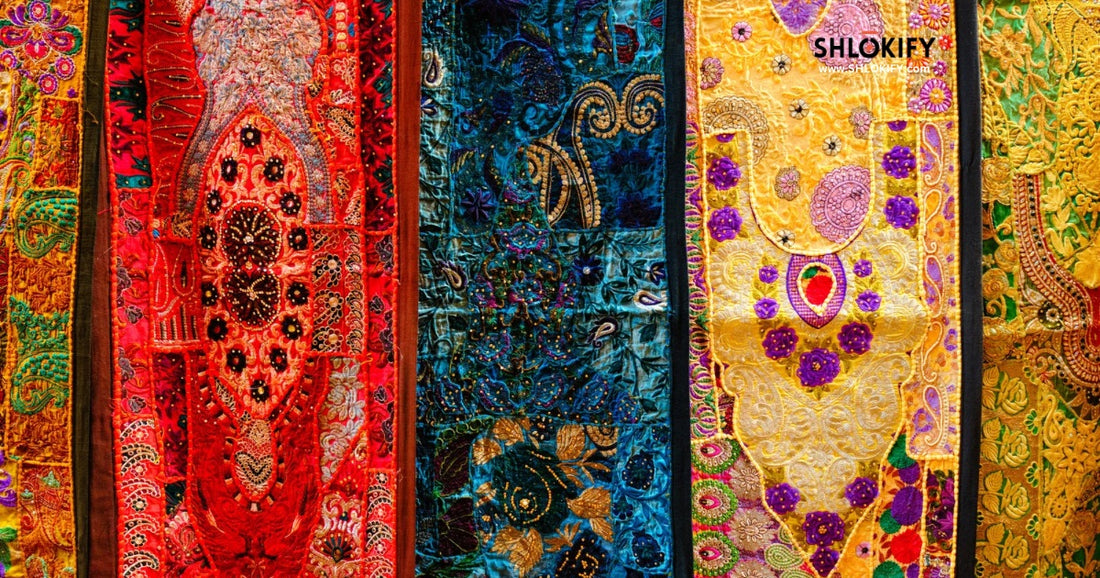Exploring the rich fabric of Indian history unveils a captivating saga of sartorial elegance and cultural diversity. From the ancient civilisations of the Indus Valley to the Mughal Empire and beyond, Indian fashion has evolved through the ages, influenced by tradition, climate, geography, and socio-economic factors.
In the ancient Indus Valley civilization, which thrived around 3300–1300 BCE, archaeological findings reveal a society adorned in finely woven cotton garments. Both men and women wore draped clothing, with men often sporting a lower garment resembling modern-day dhotis, while women favoured intricately pleated sarees.
The Vedic period (1500–500 BCE) introduced the concept of stitched garments, with men donning uttariya (upper garment) and antariya (lower garment), while women continued to wear draped attire. Fabrics like silk and wool gained prominence during this era, symbolising wealth and status.
During the Mauryan Empire (322–185 BCE), royal attire featured elaborate drapes and ornaments, reflecting opulence and power. The Gupta period (320–550 CE) witnessed a fusion of Indian and Central Asian styles, with draped garments embellished with intricate embroidery and jewellery.
The advent of Islam in the Indian subcontinent brought about significant changes in fashion during the medieval period. The Mughal Empire (1526–1857) introduced new textiles, such as muslin and brocade, along with innovative garment styles like the anarkali and the sherwani. Richly embroidered fabrics, intricate patterns, and regal silhouettes became synonymous with Mughal couture, influencing Indian fashion for centuries to come.
The colonial era saw the convergence of Indian and Western styles, as British influence permeated Indian fashion. Traditional attire underwent transformations, with the introduction of tailored suits, shirts, and trousers for men, and gowns, skirts, and blouses for women.
Post-independence, Indian fashion experienced a revival of indigenous craftsmanship and textile traditions. Designers like Ritu Kumar, Sabyasachi Mukherjee, and Manish Malhotra drew inspiration from India's rich cultural heritage, reinterpreting traditional garments with modern twists.
Today, Indian fashion is a vibrant fabric of tradition and innovation, embracing diverse influences from across the globe while staying rooted in the rich legacy of the past. From the timeless elegance of the saree to the contemporary flair of fusion wear, Indian attire continues to captivate the world with its timeless allure and enduring charm.

